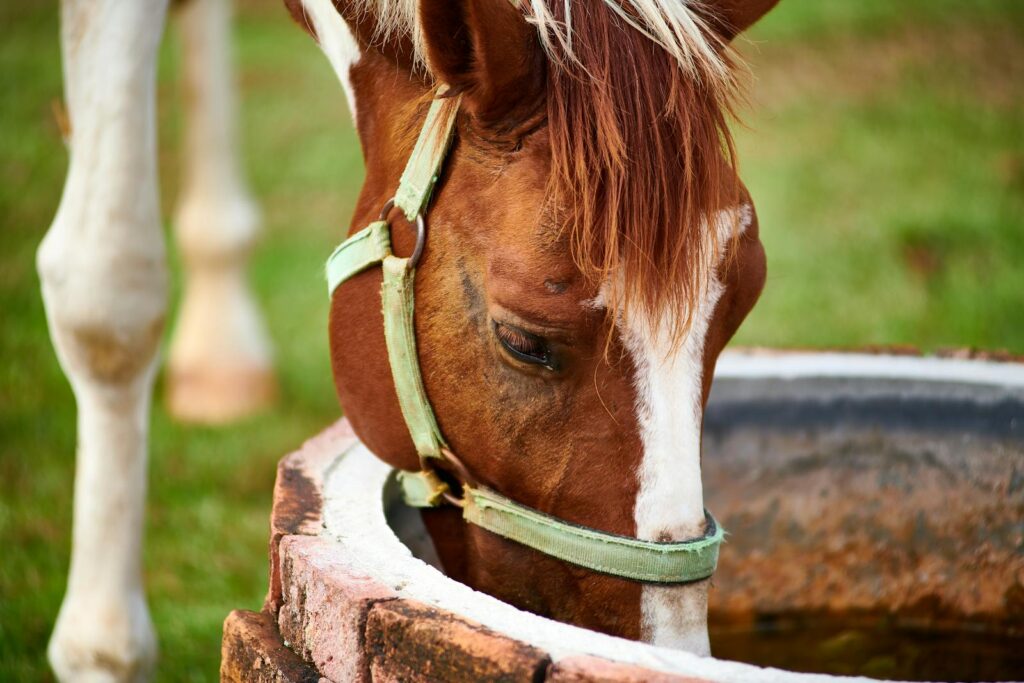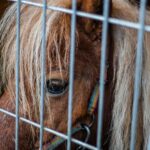Ensuring your horse stays properly hydrated during transportation is one of the most crucial aspects of equine travel management. Horses can quickly become dehydrated due to stress, limited water access, and changing environments. Dehydration isn’t just uncomfortable—it can lead to serious health issues, including colic, impaction, and even kidney damage. The average horse needs 5–10 gallons of water daily under normal conditions, but their hydration needs can increase significantly during travel. This guide explores proven strategies to keep your horse well-hydrated during both short and long journeys.
Understanding Horse Hydration Needs
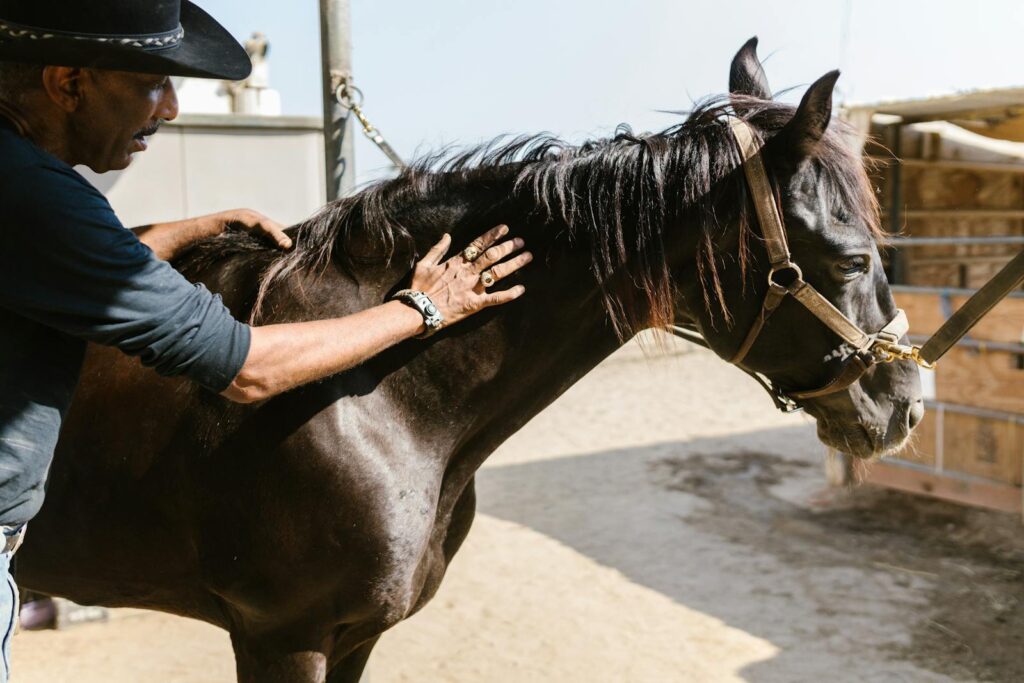
Horses have specific hydration requirements that differ from other mammals due to their size and physiology. A typical 1,000-pound horse needs between 5–10 gallons of water daily under normal conditions, but this amount increases during hot weather, exercise, or stress—all factors commonly present during travel. Their large body mass and efficient cooling system (primarily through sweating) mean that water loss can occur rapidly. Horses can lose up to 2–4 gallons of sweat per hour in hot conditions or during stressful situations like travel. Understanding these baseline requirements helps establish proper hydration protocols for your horse’s journey, whether it’s a short trip to a local show or cross-country transportation.
Pre-Travel Hydration Strategy
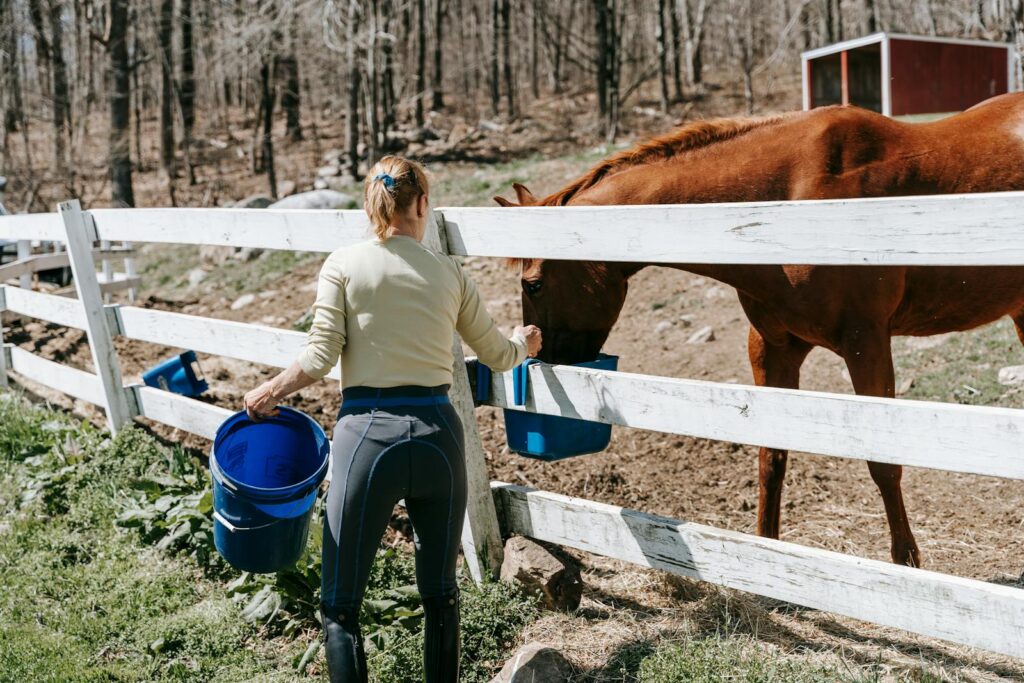
Proper hydration begins well before your horse steps into the trailer. In the 24–48 hours before departure, monitor your horse’s water intake and encourage drinking by ensuring clean, fresh water is always available. Some experts recommend adding electrolytes to your horse’s feed 1–2 days before travel—but only if your horse is accustomed to them, as introducing new supplements immediately before travel can cause digestive upset. A helpful pre-travel trick is to subtly flavor your horse’s home water with a small amount of apple juice or apple-flavored electrolytes, which can then be used during the journey to maintain consistent taste. Horses are sensitive to water taste differences, so establishing a familiar flavor profile can encourage consumption during stops.
Water Offering Frequency During Transport
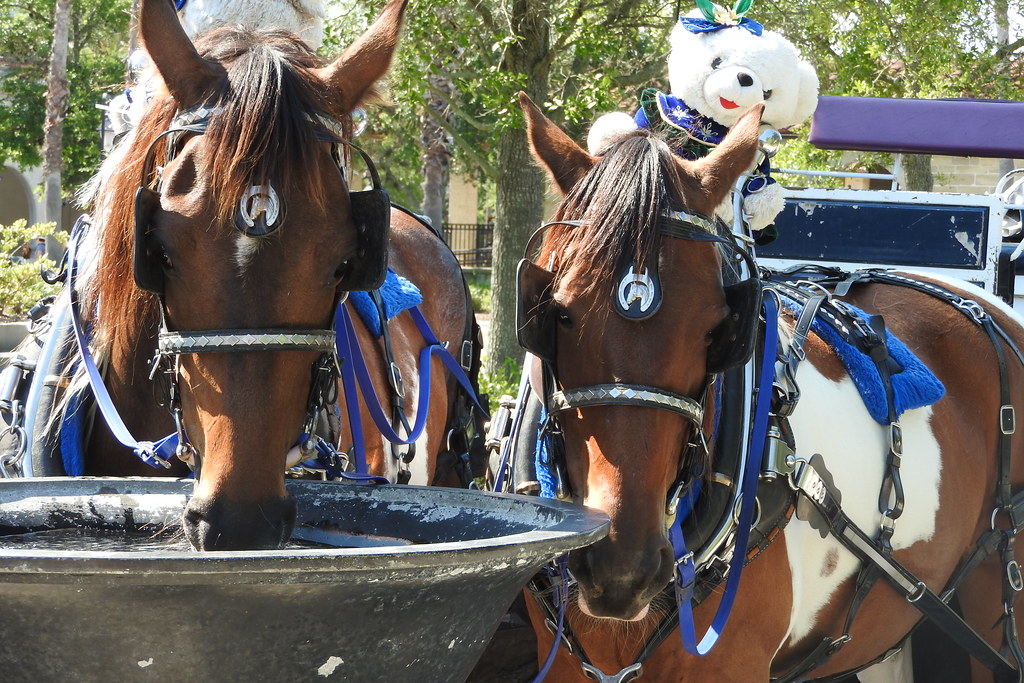
Establishing a regular watering schedule during travel is essential for maintaining proper hydration. As a general rule, horses should be offered water every 3–4 hours during transportation, though this interval may need to be shortened in hot weather. During these breaks, allow your horse at least 15–20 minutes of drinking opportunity, as many horses need time to settle before they’ll consider drinking in an unfamiliar environment. Some horses may refuse water initially due to stress or unfamiliar taste, so patience during these stops is crucial. For journeys under 3 hours, offering water immediately before departure and upon arrival may be sufficient, but longer trips require strategic watering breaks.
Trailer Design and Water Access

The configuration of your horse trailer plays a significant role in your ability to keep your horse hydrated during travel. Modern trailers often come equipped with built-in water tanks and drinking systems that allow horses access to water even while moving, though many equine transport experts advise against allowing drinking during actual motion due to choking risks. For trailers without built-in systems, secure water buckets can be temporarily installed during stops, though these should be removed before resuming travel to prevent injury. Some professional transporters use specialized non-spill buckets with float mechanisms that can remain in place during travel. Regardless of your trailer design, ensure you have a method for offering fresh water at regular intervals throughout the journey.
Recognizing Signs of Dehydration
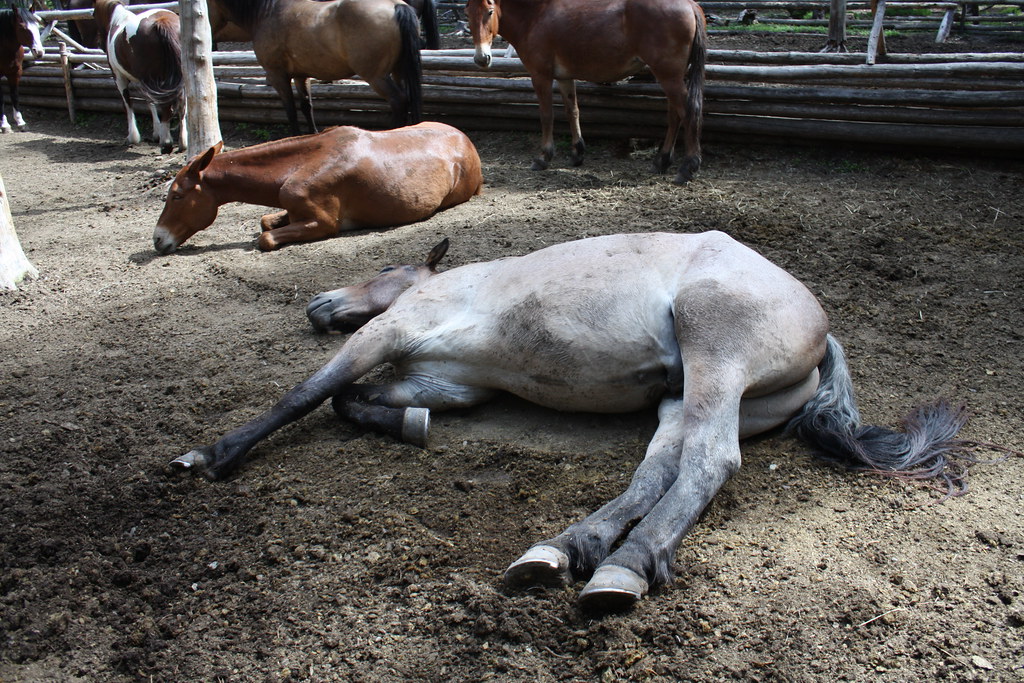
Being able to quickly identify dehydration in your traveling horse is a vital skill for any equine owner or handler. The skin pinch test (also called skin tenting) is one of the most reliable field methods—pinch a fold of skin on your horse’s neck or shoulder and release; in a well-hydrated horse, the skin should snap back immediately, while delayed return indicates dehydration. Other warning signs include dry or tacky mucous membranes, sunken eyes, lethargy, and reduced urination or dry, hard manure. More advanced dehydration may present as increased heart rate, weakness, or stumbling. During travel stops, perform quick dehydration checks so you can intervene early if your horse isn’t maintaining proper hydration levels.
Water Temperature Considerations
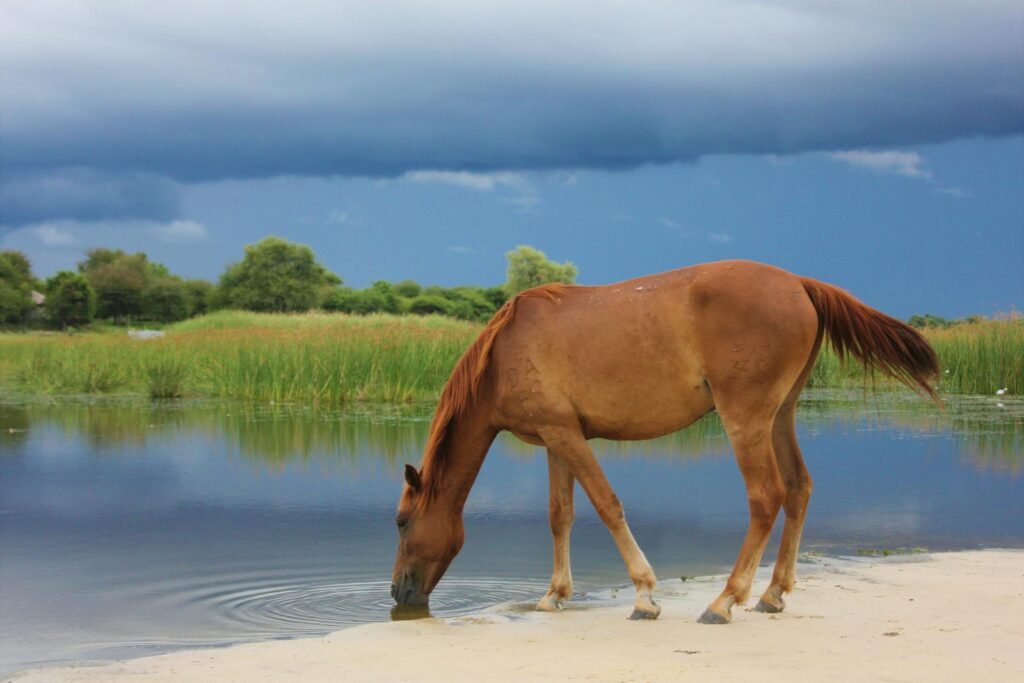
The temperature of water offered during travel can significantly impact your horse’s willingness to drink. Most horses prefer water between 45–65°F (7–18°C), finding extremely cold water unpalatable, especially in cooler weather. During summer transportation, slightly cool water may encourage drinking, while lukewarm water might be more readily accepted in winter. Carrying an inexpensive thermometer can help you monitor water temperature during your journey. Some horses are particularly temperature-sensitive, so knowing your individual horse’s preferences before embarking on travel is valuable information. In extreme weather conditions, you may need insulated containers to maintain appropriate water temperatures during long journeys.
Electrolyte Supplementation
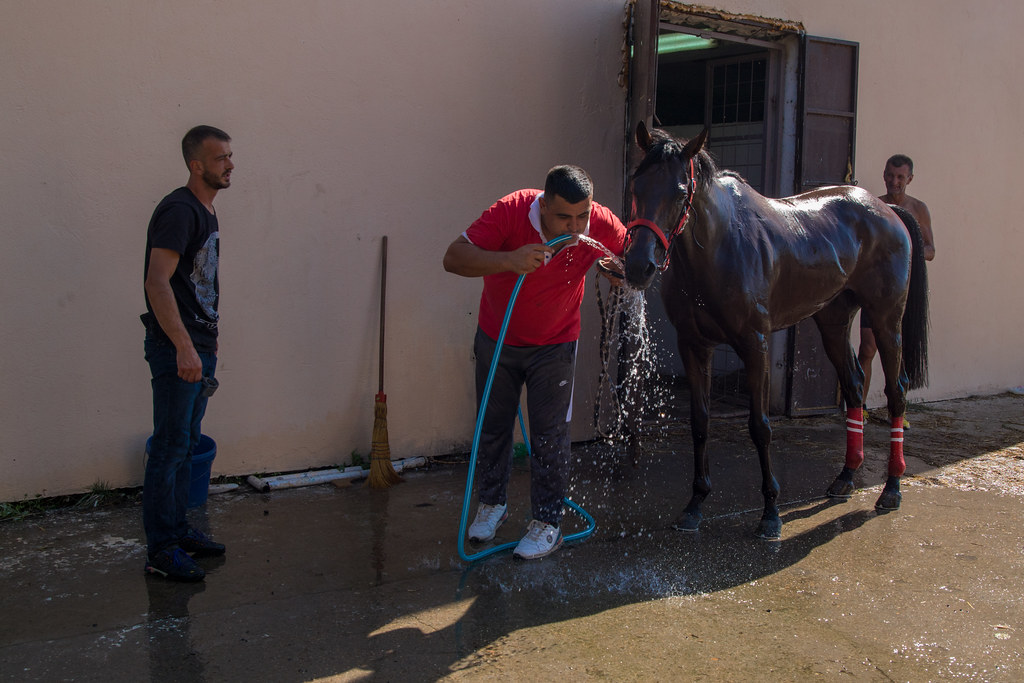
Strategic use of electrolytes can play a crucial role in maintaining proper hydration during horse transport. Electrolytes help replace essential minerals lost through sweating and stimulate the thirst response, encouraging horses to drink more. Commercial equine electrolyte products containing sodium, potassium, chloride, calcium, and magnesium can be added to feed or water, though many horses prefer electrolytes mixed into a small amount of mash rather than in their drinking water. If your journey spans multiple days, administering electrolytes each morning can help maintain hydration throughout the day. Always introduce electrolytes to your horse’s routine well before travel to ensure they tolerate them well and to determine your horse’s preferences for administration.
Mash Feeding for Hidden Hydration
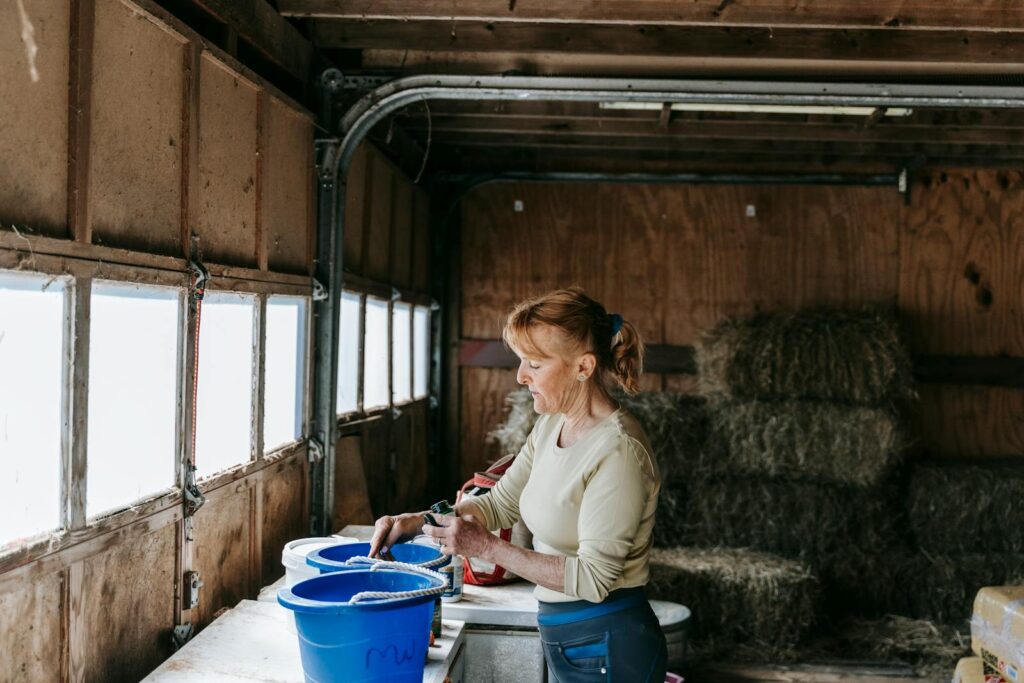
Providing mashes during travel offers an excellent way to increase your horse’s water intake through their feed. A soupy bran mash, soaked hay cubes, or commercial complete feed soaked to a slurry consistency can contribute significantly to your horse’s fluid intake, providing what equine nutritionists call “hidden water.” A typical mash might contain 1–2 gallons of water that your horse consumes along with the feed. These wet meals are particularly valuable for horses reluctant to drink during transport and can be offered during rest stops or overnight stays. Adding carrots or apples to mashes can increase palatability, while the inclusion of salt or electrolytes further encourages drinking after the meal.
Water Quality and Taste Adaptations
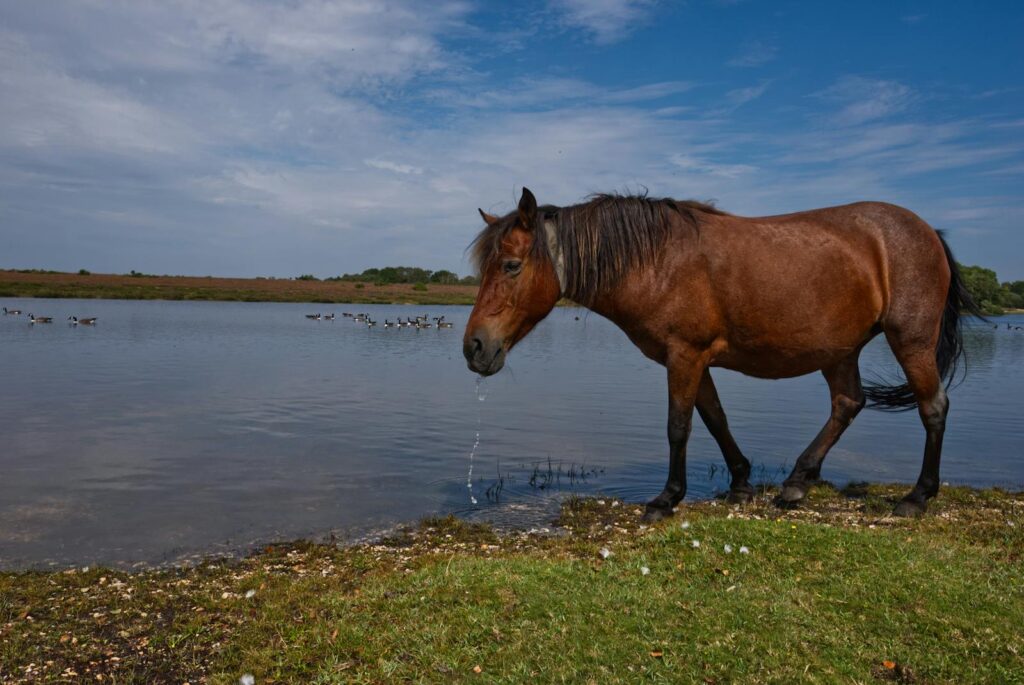
Horses can be surprisingly particular about water taste, often refusing to drink unfamiliar water even when thirsty. This sensitivity can pose significant challenges during travel when water sources change frequently. Bringing water from home for shorter trips is ideal, but for longer journeys, gradually acclimating your horse to different water sources is necessary. Some effective strategies include masking unfamiliar tastes with apple juice, peppermint oil, or commercial water flavorings designed for horses. Carrying a supply of apple cider vinegar (2 tablespoons per 5 gallons) can help neutralize the chlorine taste in municipal water supplies. For extremely selective drinkers, portable water filters can help remove unwanted minerals or chemicals that might otherwise deter drinking.
Seasonal Travel Adjustments

Hydration strategies must be adapted based on seasonal conditions to effectively maintain your horse’s fluid balance during travel. Summer transportation requires more frequent watering stops, possibly as often as every 2–3 hours in extreme heat, alongside adequate ventilation in the trailer to prevent overheating. Using cooling blankets soaked in water can help regulate body temperature and reduce fluid loss through excessive sweating. Winter travel presents different challenges, as horses often drink less in cold weather despite having increased caloric needs for warmth. Offering slightly warmed water (around 65–70°F or 18–21°C) during winter travel can significantly increase consumption, and monitoring for ice formation in water containers is essential during cold-weather transportation.
Long-Distance Transport Protocols
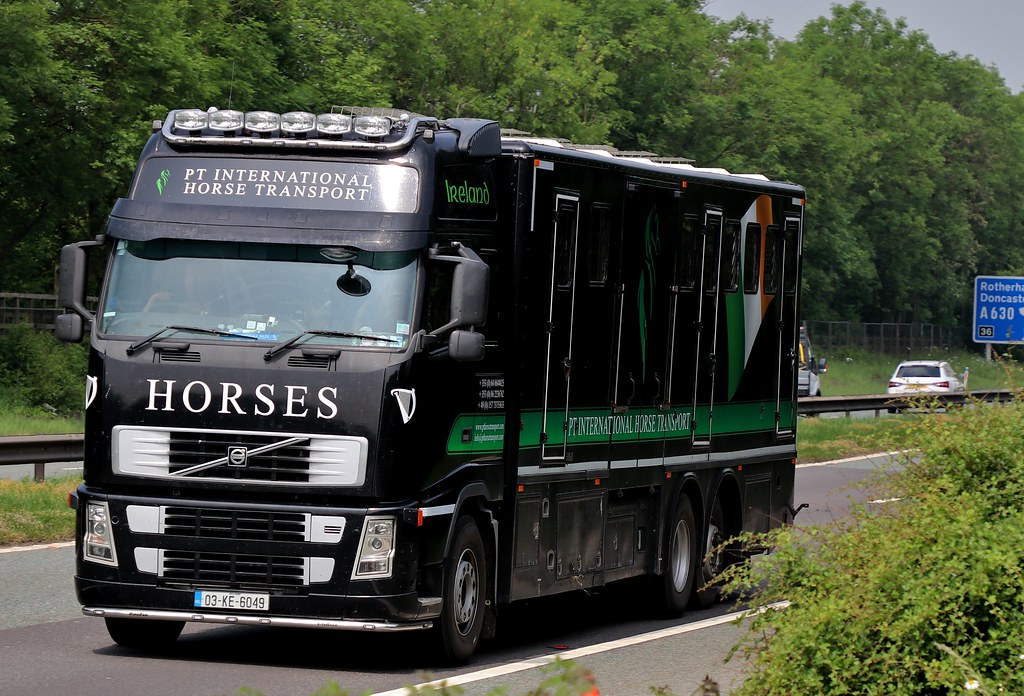
Cross-country or international horse transportation requires especially detailed hydration planning. Professional transporters typically schedule 8–12 hour rest periods for every 12–24 hours of travel, during which horses are unloaded, offered free-choice water, and monitored for proper intake. For journeys exceeding 24 hours, many equine shipping companies utilize overnight stabling facilities where horses can rest comfortably with constant water access. During these extended travels, daily physical assessments including gut sounds, manure consistency, and skin elasticity help identify developing hydration issues before they become serious. Having a contingency plan for intravenous fluid administration by a veterinarian may be necessary for horses that consistently refuse water during long-distance transportation.
Post-Travel Hydration Monitoring
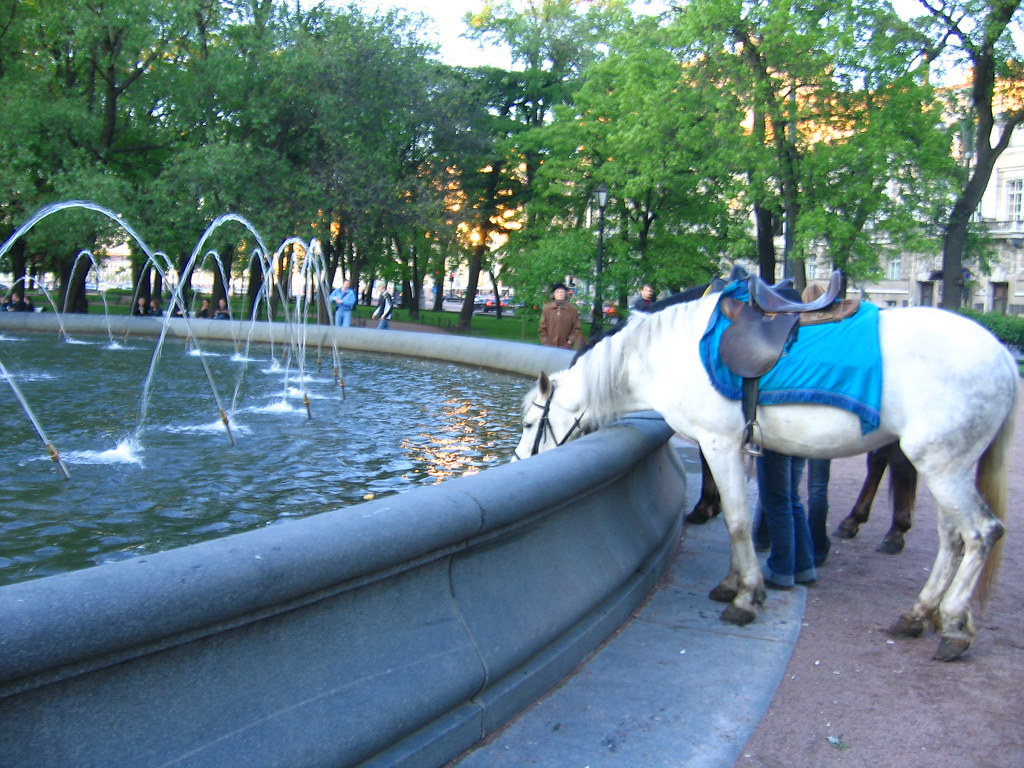
The critical period for hydration management doesn’t end when your horse steps off the trailer at your destination. Monitoring water intake for 24–48 hours after arrival is essential, as some horses remain reluctant to drink normally even after transportation has ended. Upon arrival, offer small amounts of fresh water every 15–20 minutes for the first hour rather than unlimited access, which helps prevent overconsumption that could lead to colic. Checking for normal urination and manure production provides valuable information about your horse’s hydration status. Some horses benefit from electrolyte supplementation for 1–2 days post-travel to encourage drinking and restore mineral balance, particularly after long journeys or transportation in hot weather.
When to Seek Veterinary Intervention

Understanding when normal travel-related reluctance to drink crosses into dangerous territory requiring veterinary intervention is crucial for every horse owner. Persistent signs of moderate to severe dehydration—including prolonged skin tenting (greater than 3 seconds), very dry mucous membranes, significantly decreased urination, or no manure production for 12+ hours—warrant immediate veterinary attention. A horse that refuses water completely for more than 12 hours despite multiple offerings using different strategies should be evaluated by a veterinarian, as should any horse showing signs of colic, lethargy, or elevated vital signs. Having your veterinarian’s contact information and knowing emergency facilities along your route is an essential part of travel preparation, particularly for longer journeys crossing multiple regions.
Successfully maintaining your horse’s hydration during travel requires thoughtful preparation, consistent monitoring, and flexible problem-solving. By understanding your horse’s individual preferences and implementing these evidence-based strategies, you can significantly reduce the risk of travel-related dehydration. Remember that prevention is always easier than treatment when it comes to equine hydration issues. With proper planning and attentive care, you can ensure your horse arrives at their destination properly hydrated and ready for whatever activities await them, whether it’s competition, breeding, or simply enjoying new surroundings.

